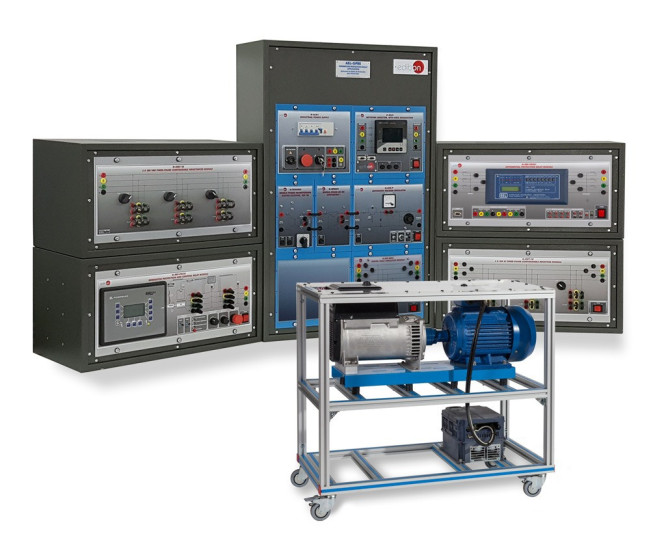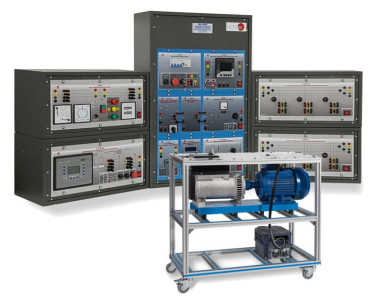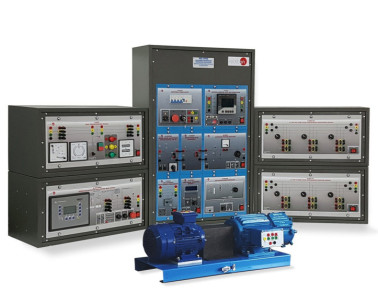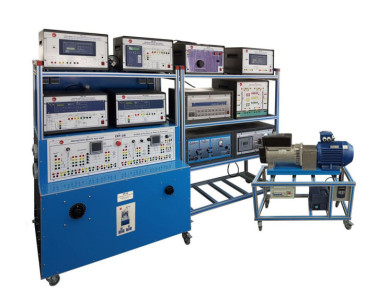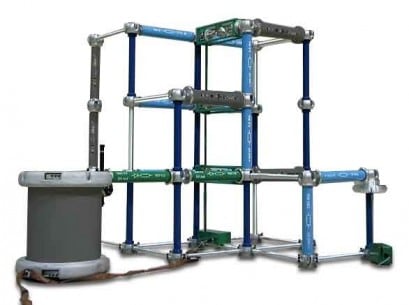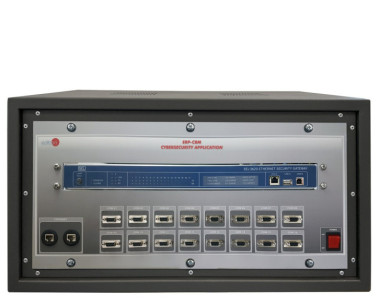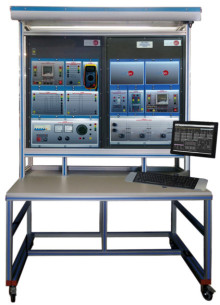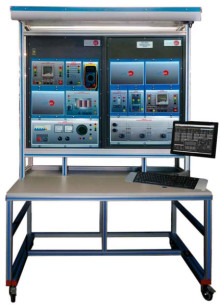The Generator Protection Relay Module: it is an industrial control and protection device of power generator groups with more than 150 configurable variables. The relay unit allows the user different access levels for the relay configuration. For example, the user can adjust and observe protection thresholds such as instantaneous overcurrent (50/51V), time overcurrent (51/51V), over/under-voltage (59/27), over/under-frequency (81O/U), load unbalance (46), reverse/reduced power (32R/F), over/under-speed of the turbine (12/14), power factor (55), ground fault (50G), phase angle measuring or out-of-step (78), etc. In addition, for more advanced settings, it is possible to set the PID control system parameters under
In addition, for more advanced settings, it is possible to set the PID control system parameters under different operation conditions of the turbine-generator group. For example, the generator uses different PIDs when working in stand-alone operation or when working in parallel mode with the grid. During commissioning of the generator, the provided software allows for real time monitoring and analyzing of PID voltage, frequency, active and reactive power signals, and their PID signal perturbations. PID parameters can be readjusted in real time, and the effect of those changes can be observed and analyzed with the software.
The software Toolkit allows for the configuration of the PID control for frequency, voltage, load and power factor. It gives monitoring and analysis for active power, reactive power, voltage bias and speed bias. It also allows for the configuration of the settings (lower/upper limits, time delays and the level of severity for the alarm) of protections and their selectivity levels such as the generator operating voltage/frequency, reverse/reduced power, unbalanced load, overload IOP, overload MOP, generator overcurrent, generator over/under-frequency and over/under-voltage, generator phase rotation, etc.
Due to the versatility of the Generator Protection Relay Module, EDIBON provides this device already configured to work properly from scratch with the generator-motor group. In addition, a relay setting file is provided to restore the relay to the initial configuration. This way, the user can change any relay parameter and have the chance to return the device to the initial settings.
 Preferências de cookies
Preferências de cookies

